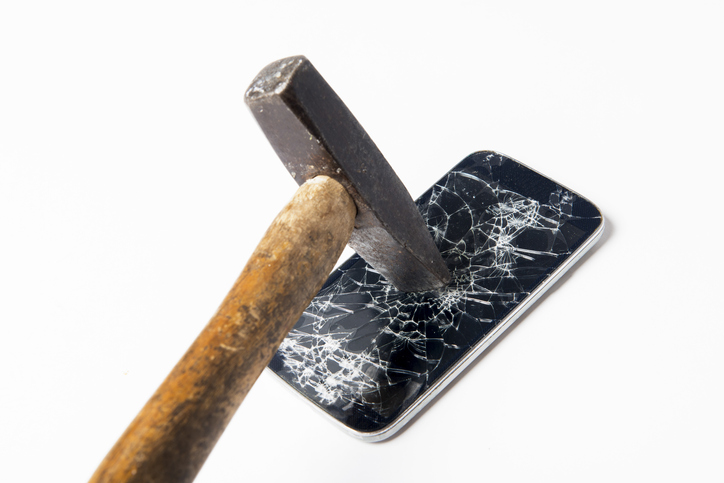Technology advances quickly and many people do their best to keep up. Many remember when CDs were the main method of storing digital information, and some of us still have a stack of blank CDs on stand-by. Not because they will ever get used, mind you, but because we haven’t gotten around to getting rid of them. USB sticks advanced pretty quickly as well. The early versions had small storage capacity and were large by today’s standards. Now they’re way smaller and have much larger storage capacity.

This all means there is an abundance of old electronic storage devices that are sitting around, with whatever information is on them. This can pose a serious risk if that information is of a sensitive nature. With the increasing threat of identity theft these days, it is important to keep track of, and properly dispose of, sensitive information.
Disposing Of Old Electronic Storage
It’s a common problem that many people believe the proper way to get rid of digital information is by deleting it off of whatever device it is stored on. It is a natural thought (it’s called “delete,” after all). Unfortunately deleting data is not necessarily what you think it is, and this leads to problems. Without getting too far into it, deleting typically does not destroy data right away, but flags it for destruction later on. This leaves a period of time where someone can attempt recovery of said data, which can cause you big problems.
Another issue is simply the fact that electronics don’t belong in the landfill, no matter what condition the data is in. Electronics contain heavy metals, which if allowed to break down, will leak chemicals into the environment. These will find their way into the soil, water, air, and then people and animals. The build of toxins is not good, just in case you thought there might be benefits to this. Furthermore, they take up space in landfills that would be better used for waste that is meant to be there.
Doing It Properly
The only proper way is to have the devices physically destroyed so there is no way for any data to survive. Typically this is a process people know to use for hard drives, but there are more items that this process is good for. We mentioned older electronic storage devices, like CDs, tapes, old USB sticks, etc, and these items also need to be physically destroyed. Once destruction has been completed, the materials are sent off for proper recycling into new products, which keeps harmful materials from filling up the landfills.
It really is the only way to keep data safe from some manner of recovery. When there is physically nothing left of the device but tiny shards, there is no data left to be found. Taking chances with this sort of thing is not a good idea, you can never be sure what is on those old devices, and it would be best to avoid any complications.


